The Innovators: Stax Artist Spotlights
RUFUS & CARLA THOMAS
In Memphis in the ’60s and ’70s, Rufus Thomas and his daughter, Carla Thomas, reigned as music royalty. Separately, both artists enjoyed highly successful careers—with nearly 100 singles between the two of them—while together, as “Rufus and Carla,” they released a string of playful duets. As Stax’s earliest recording artists, meanwhile, Rufus and Carla were foundational in establishing the label as a soulful force within the industry.
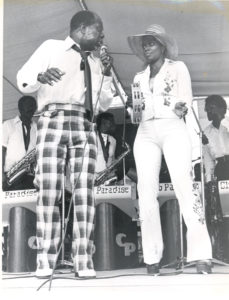
Rufus & Carla Thomas, Courtesy of the Stax Museum
Born in Cayce, Mississippi, Rufus (1917–2001) grew up in Memphis, where he developed a knack for showmanship early on—performing in school plays, tap dancing, and, as a young man, entertaining crowds in traveling tent shows. In the ’40s, he left his life on the road to settle down, start a family, and pursue a myriad of opportunities in his home city. Spending his days working at a textile plant, Rufus gained a following as the MC of a popular amateur night at the Palace Theater. His local celebrity continued to grow when he became a radio DJ at Memphis’ WDIA. But Rufus also had dreams of a musical career of his own, and devoted much of his time to writing and recording songs.
Additionally, Rufus was a doting father, who encouraged his children’s burgeoning musical talents. While Carla began singing at the age of 10, appearing for years on WDIA’s weekly “Teen Town Chorus” program, Rufus’ son, Marvell, was a keyboardist, who went on to be an accomplished musician, producer, and arranger. His youngest child, Vanesse, became a backing vocalist and saw chart success of her own in the ’80s.
Everything was about to change for Rufus and Carla at the turn of the ’60s, however, when the elder Thomas booked a session at Satellite Records—a studio, label, and record shop that had barely opened its doors to the public. The artist was curious to check out the new establishment and record a few tunes with Carla (then 17) and Marvell (18). Satellite’s co-owner, Jim Stewart, was equally eager to host the popular DJ and was impressed with their resulting two songs. He released “’Cause I Love You”/“Deep Down Inside” as the label’s very first single, while the A-side became a local sensation, putting Satellite (soon to be Stax) on the map.
Carla returned a few months later to record “Gee Whiz (Look at His Eyes),” a song that would propel her to national stardom and become one of her signature hits. Written when she was just 15, the single shot to No.10 on the Billboard Hot 100 and No.5 on the R&B chart, and later served as the title track to her debut album. A freshman in college, “The Queen of Memphis Soul,” as she was soon dubbed, balanced live performances and promotional appearances (including American Bandstand) with coursework.
Rufus, meanwhile, was also staying busy in the studio and shadowed his daughter on the charts with 1963’s “Walking the Dog.” The dance song spent 14 weeks on the Billboard Hot 100, where it peaked at No.10. In addition to being the title track of Rufus’ 1963 debut album, “Walking the Dog” remained an enduring favorite; covered a year later by The Rolling Stones, followed by Aerosmith, the Grateful Dead, Ratt, and Green Day, among many others.
The mid-60s found Carla establishing a pop-forward sound, as she worked with Stax’s growing team of creatives—particularly the songwriting duo of Isaac Hayes and David Porter. The pair began collaborating with the singer on her sophomore record (1965’s Comfort Me) and would help her score some of her biggest singles, including the Top 20 pop hit “B-A-B-Y” and “Let Me Be Good to You,” which peaked at No.11 on the R&B chart. Carla also found success working with the in-house writing team of Bettye Crutcher, Raymond Jackson, and Homer Banks (known as “We Three”), who penned her 1969 Top Ten R&B hit, “I Like What You’re Doing (To Me).”
During her time at Stax, Carla released six studio albums, including such bestsellers as Carla (1966) and the lushly-orchestrated The Queen Alone (1967)—the title track of which earned the artist a GRAMMY® nod. She also partnered with Stax’s other big star, Otis Redding, for a duet album, King & Queen. The 1967 LP produced a slew of popular singles, including “Tramp,” which hit No.2 on the R&B chart.
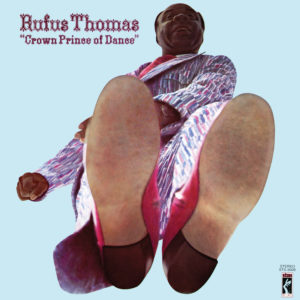
Rufus, in turn, focused on writing and recording singles for much of the ‘60s, including such novelty dance songs as “Can Your Monkey Do the Dog,” “Somebody Stole My Dog,” and 1969’s “Do the Funky Chicken”—a Top 5 R&B hit, which found additional success in the UK. In 1970, he topped himself with “(Do The) Push and Pull.” The song topped Billboard’s Best Selling Soul Singles chart and landed in the Hot 100’s Top 30. Beginning in the early ‘70s, Rufus also released a series of albums, including Do the Funky Chicken (1970) and Crown Prince of Dance (1973).
While Carla and Rufus both appeared at the legendary Wattstax festival in 1972 (with Rufus in a particularly flashy outfit), Carla largely stepped out of the spotlight after 1971’s Love Means….Her father, on the other hand, continued to tour and record long after Stax closed its doors in 1975. For the remainder of his life, the self-proclaimed “World’s Oldest Teenager” also remained a beloved character in Memphis. On his 80th birthday, the city renamed a street (Rufus Thomas Boulevard, by the Palace Theater) in his honor.
In the ’90s, both artists were celebrated individually with the prestigious Pioneer Award from the Rhythm and Blues Foundation. Rufus also received an ASCAP Lifetime Achievement Award and was inducted into the Blues Hall of Fame in 2001. A few years after his death, the artist was remembered with a marker on the legendary Mississippi Blues Trail.
STAX FAX
- Several years before he recorded with Stax, Rufus scored his first hit with “Bear Cat”—a response song to Big Mama Thornton’s 1953 best-selling “Hound Dog.” The Top Five R&B single was released just weeks after its predecessor and marked Sun Records’ first hit record.
- In addition to recording a duet album with Otis Redding and singles with her father, Carla also joined some of Stax’s other big stars for collaborative projects, including William Bell (1969’s “I Can’t Stop”) and Johnnie Taylor (1969’s “I Need You Woman”).
- Both Rufus and Carla devoted their energies to supporting younger generations of artists. During his time at Stax, Rufus often served as a mentor to the label’s rising stars, while in the ’80s, Carla took part in the “Artists in the Schools” series in Memphis. When the Stax Academy opened its doors in 2000, both Rufus and Carla were among the first stars to take part in the school’s programming.
Essential Tracks
’Cause I Love You
B-A-B-Y
Do the Funky Chicken
READ MORE
The Innovators: Stax Artist Spotlights ARCHIVE
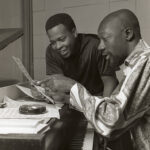
Stax Records — After 1975
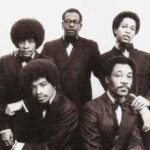
Ollie & The Nightingales
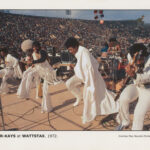
The Bar-Kays
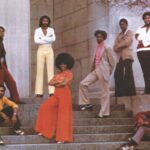
24-Carat Black

The Temprees
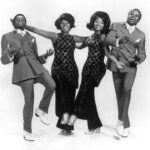
The Soul Children

The Mar-Keys
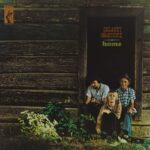
Delaney & Bonnie
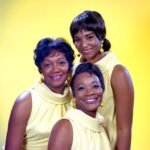
Stax Groups – The Astors, Jeanne & The Darlings & the Charmels
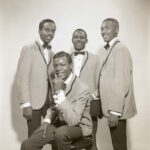
The Mad Lads
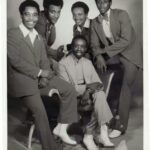
The Dramatics
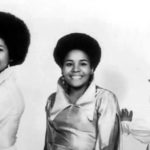
The Emotions

Johnnie Taylor
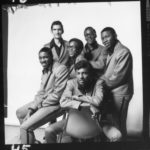
The Bar-Kays
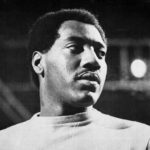
Otis Redding
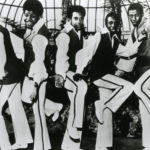
The Dramatics
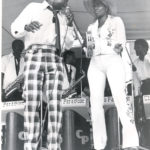
RUFUS & CARLA THOMAS
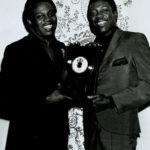
Sam & Dave
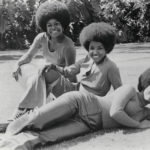
The Emotions


